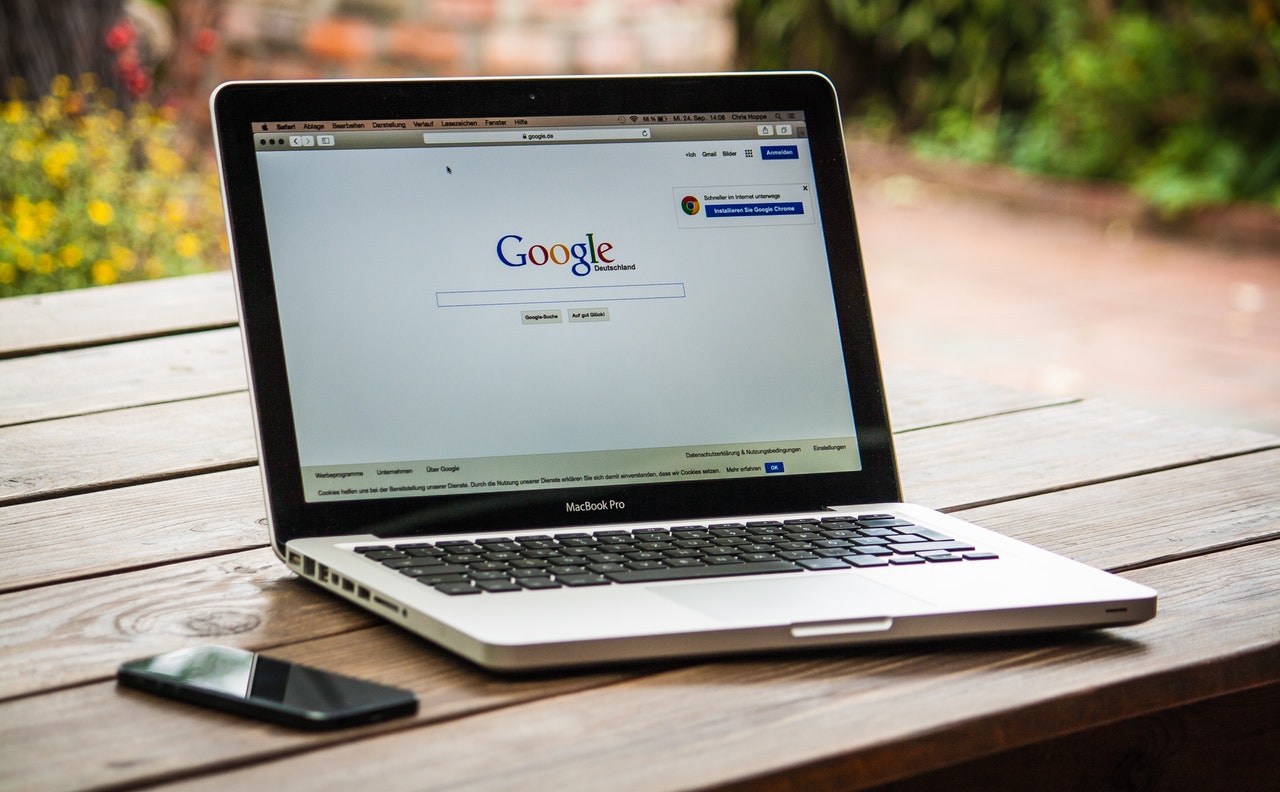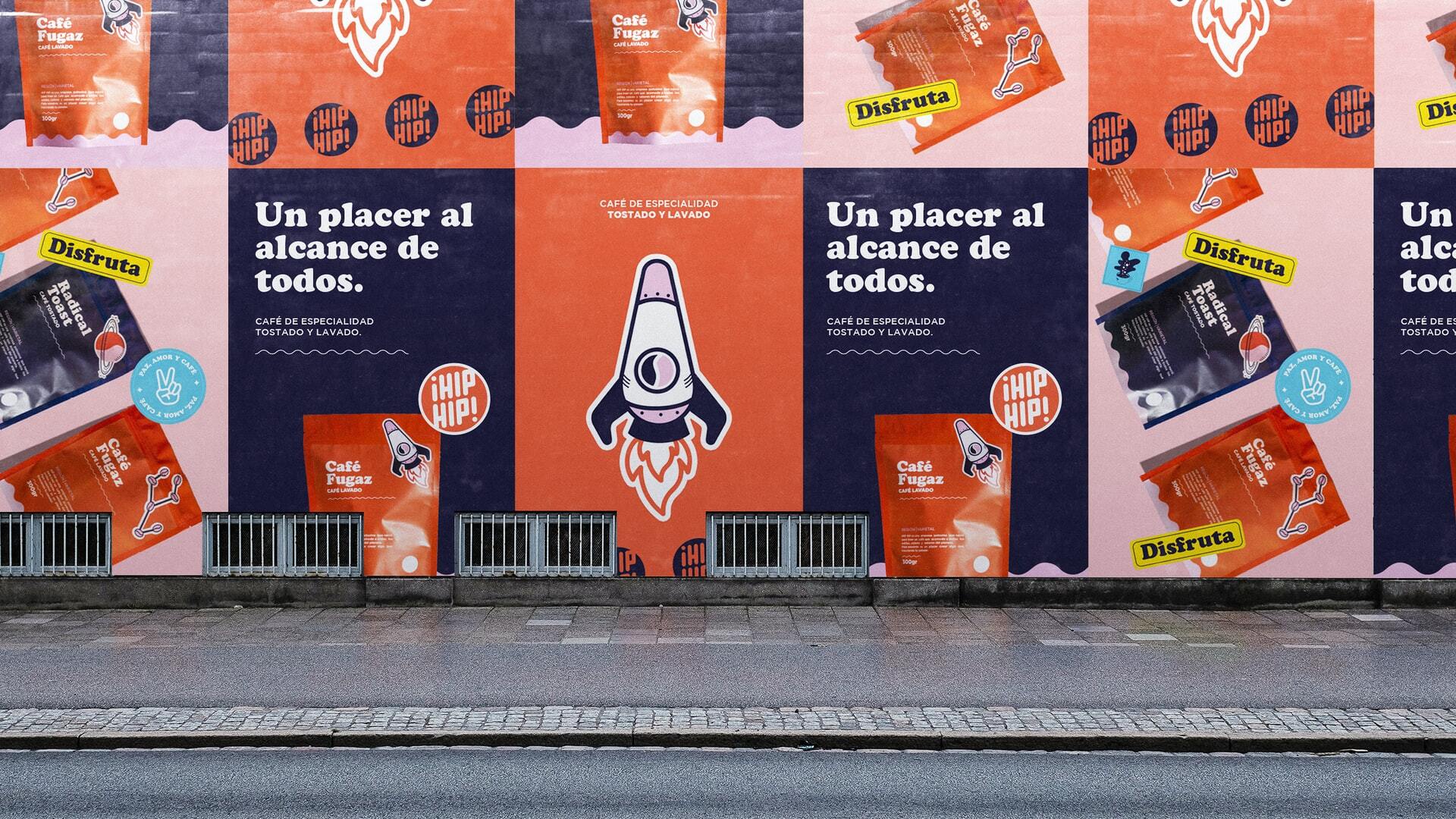When we talk about Search Engine Optimization, or SEO, we’re talking about optimizing a website to be found easily on search engines.
Search engine algorithms sort through all of the websites that exist on the internet to give their users the most relevant and helpful information first.
They track user experience by studying related analytics, such as how interactive a user is or how much time they spend on a given website.
Therefore, the more time and interaction a user has with a website, the higher that website will rank with related search results.
On-Page SEO
So what is on-page SEO, exactly?
On-page SEO refers to the practice of optimizing a website’s landing pages and source code in order to rank higher in relevant searches and draw more traffic to the website.
While we’ve established that factors of user experience are a major component to Search Engine Optimization, Google itself has detailed additional elements not to be forgotten where SEO is concerned.
What better way to know that a website contains relevant information than matching keywords to the search query at hand?
That is just what on-page SEO does – simple and to the point, understated yet effective.
If you’re a newbie looking to implement some on-page SEO strategies to your business website, keep reading for where to begin.
Start with Creating Good Page Content
The content of a page is one of the biggest driving factors to whether a website will be worthy of a decent search engine position.
So if your content is sub-par and you’re wondering why your site is not showing up in queries, this is where you need to start.
Good page content must be two things: 1) In-demand and 2) Linkable
Just like in the world economy, online information is affected by supply and demand. The best content (and the content that ranks in search engines) does the best job of supplying the largest demand.
Essentially, your content should be valuable and appealing to your audience. Good content includes helpful information, videos, images, and even audio.
Keywords, Titles, and Tags
Google has developed bots that roam the internet, crawling sites to search for keywords that match with related search queries.
It can be easy to get caught up in fancy SEO tactics. Maybe you read an article claiming that your site needs a chat box and loads of explanatory videos to boost user engagement and retention. And while those are all helpful to climb up Search Engine Results pages, we want to shed light on the importance of optimizing the basics first.
Is utilizing relevant keywords, titles, and tags throughout your website a show-stopping strategy for improving SEO? Probably not at first glance, however, it should definitely not be overlooked!
Read More: 7 Content Ideas For Your Business
Have a Solid Internal Linking Strategy
In the world of SEO, there’s no difference between good and bad content on the Internet if that content is not linkable. Search engines will be unlikely to rank landing pages if users cannot link to it. Unfortunately, this is one of the most overlooked on-page SEO factors.
A few examples of content that cannot be linked to are:
- Password-protected pages
- Content only accessible after logging in
- Content that cannot be shared or reproduced
- AJAX-powered image slideshows
Optimize your URLs
In addition to a smart internal linking strategy, it’s important to make sure your URLs are also optimized by hierarchy and contain the keyword phrases you hope to rank for.
A good example of a URL structure for a personal injury attorney might read:
https://yourlawfirm.com/locations/tampa-fl/personal-injury
This URL structure clearly identifies what this page is about so search engines can deduce the relevancy of the page content and show it to those searching for personal injury law firms in Tampa, FL.
The Ideal Recipe for Good On-Page SEO
For a holistic approach to successful on-page SEO, we suggest utilizing traditional SEO tactics in addition to a major focus on keywords and search related content.
An On-Page SEO Strategy should include:
- A dash of responsive and speedy webpages,
- A dollop of useful and relevant content,
- A sprinkle of search related keywords, titles, and tags,
- And a talented individual to bring it all together!
And remember, the website should do all of the following:
- Provide unique information about a given subject or service
- Be hyper-relevant to a specific topic, product, or service
- Appropriately link back to its homepage and category pages
Don’t forget to ensure that your website loads quickly and offers a dynamic user experience. Offer relevant and useful content for the user while continuing to modify your pages to keep them up to date and unique.
While keywords can seem like a timeless SEO strategy, it is important to keep up with the ever-evolving SEO trends. Long gone are the days that strategic keyword placements can rank a website on their own.
It’s important to have a holistic approach and up to date strategy if looking to generate real results through Search Engine Optimization.
We know that search engines (and users) like updated websites. By no means are we suggesting that on-page SEO is the end all be all of SEO.
As we know in the world of marketing, nothing stays the same for too long! So be sure to stay up to date with the latest search engine strategies here on our blog.
Have additional questions about on-page SEO? Feel free to shoot us an email – let’s chat!







[…] Read More: Hey Google… What is on-page SEO? […]
[…] Read More: Hey Google… What Is On-Page SEO? […]